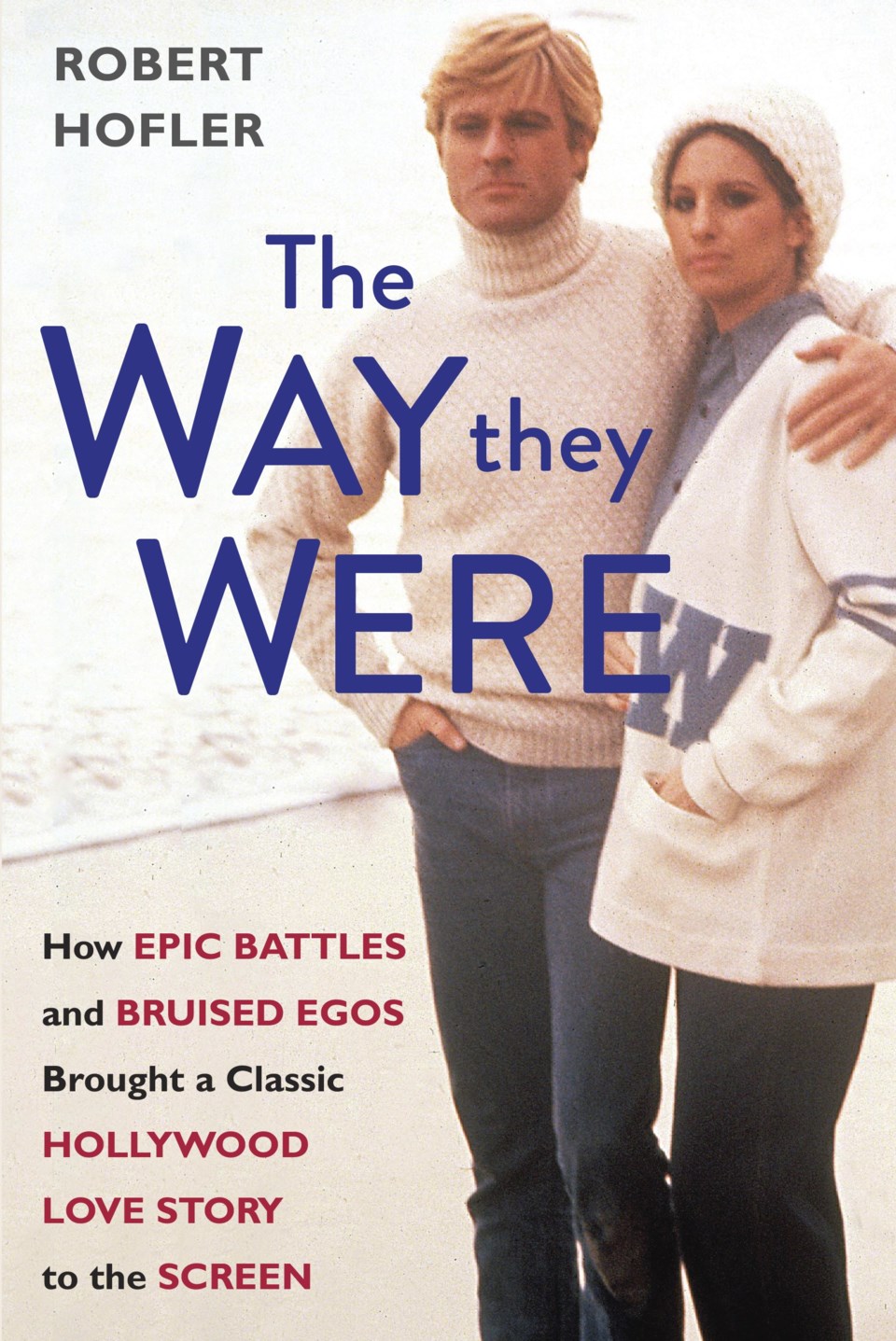“The Way They Were: How Epic Battles and Bruised Egos Brought a Classic Hollywood Love Story to the Screen” by Robert Hofler (Citadel)
Most people seem to like their screen romances a little on the sad side.
When the American Film Institute listed its top romantic movies, the first four — “Casablanca,” “Gone With the Wind,” “West Side Story” and “Roman Holiday” — ended with romance denied, deferred or dead. At least No. 5, “An Affair to Remember," suggested those in love can live happily ever after.
The sixth movie on AFI's list, “The Way We Were,” released in fall 1973, had its own bittersweet ending. At the box office, though, it was one of the most popular movies of the year. Its title song, powered by star Barbra Streisand, was Billboard's top single of 1974. For Robert Redford, it was the first of a one-two punch with moviegoers that year, the second coming a few months later with a caper classic, “The Sting.”
Author Robert Hofler's detailed look at the movie's creation, the cleverly titled “The Way They Were,” tells a sweet and sour story behind the cameras. In doing so, he lays out just how difficult it can be to create a movie from whole cloth when several people are allowed access to scissors.
In Hofler's telling of the backstory, supported by excellent research and analysis, the script was the main problem. Playwright and screenwriter Arthur Laurents had drawn from his own life in creating a love story between a Jewish political radical and an apolitical WASP. Both want to be writers; she tries but fails while success comes all too easily to him. They end up in Hollywood, where the anticommunist blacklist helps ruin their marriage by highlighting what separates them rather than what unites them.
Or something like that. Key elements of Laurents' story, which he turned into a novel before the film's release, changed many times before, during and after principal filming. Writer after writer was called in to raise the profile of Redford's character, make Streisand's more appealing, and tone down the political elements. Many people, including the stars, expressed varying opinions on what worked and what didn't.
The script was so unsettled — producer Ray Stark and director Sydney Pollack were at odds over what story they were telling and how to tell it — that expensive scenes were shot and not used, the shooting schedule went long, and nerves were frayed all around. Its first public screening led to Pollack cutting 10 minutes from the film that he thought bored the audience, including political stuff that screenwriter Laurents treasured and scenes Streisand thought were among her best.
Then the miracle happened. Audiences loved the movie, particularly women, some of whom were sobbing at the end. Made for about $5 million, it brought in 10 times that at the box office, generated a hit single, and made everyone look good. In Hollywood, that's a happy ending.
Hofler might lose some readers as he leads them through a forest of details, especially in the many pages devoted to Laurents, fascinating character he may be. But for those who like to know how the cinematic sausage is made, it's a rich, gossipy tale of the dream factory in full throttle.
___
Douglass K. Daniel is the author of “Anne Bancroft: A Life” (University Press of Kentucky)
Douglass K. Daniel, The Associated Press



